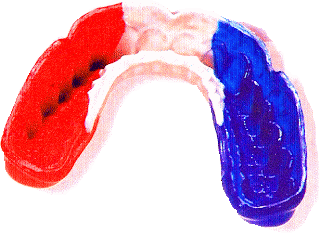Gymnastics:
Vaulting:
History
Vaulting was at the first Olympics in
Rules
Gymnasts are expected to land clearly with no hops or steps and it also has to be within a set landing zone on the landing mat
There must also demonstrate good technique and execution in the vault
Falling and stepping on landing makes deduction
Lack of height off the vaulting table makes deduction
Also the distance from the table
Types:
Handspring vaults– are a form of vaulting similar to a handspring. It is performed by hitting a spring board onto the vault table touching the table as were performing a handspring. You weight is briefly on the Vault table by your hands this is called the “block”, and then you push and dismount.
Half on vault – is when you have jumped off the springboard and your body moves a half turn before you touch the vault table and you push and dismount. Straddle vault – is where you run and jump but the movement of your legs goes into a straddle position. A straddle position is where you open your legs a little bit so it goes 180 degrees or a split position. In straddle vault the legs are far a part for your legs to arrive around you hands, once you feet hit the vault table and dismounts.
Handspring vaults– are a form of vaulting similar to a handspring. It is performed by hitting a spring board onto the vault table touching the table as were performing a handspring. You weight is briefly on the Vault table by your hands this is called the “block”, and then you push and dismount.
Half on vault – is when you have jumped off the springboard and your body moves a half turn before you touch the vault table and you push and dismount. Straddle vault – is where you run and jump but the movement of your legs goes into a straddle position. A straddle position is where you open your legs a little bit so it goes 180 degrees or a split position. In straddle vault the legs are far a part for your legs to arrive around you hands, once you feet hit the vault table and dismounts.
Stoop on vault – involves piking the legs after hitting the springboard, when you are in the air your hands are placed on the vaulting table allowing you to be bent at the hips. This allows your feet to be placed between the hands of the table and then pressed off the vault table for the dismount.
Organisations:
British Gymnastics – this is an organisation that governs all of the gymnastics that happens in England
Equipment:
Vaulting table
Vaulting horse
Mat
Springboard
Dimensions
Length – 120 cm add or minus 1 cm
Width – 95 cm add or minus 1 cm
Height
Men – 135 cm add or minus 1 cm
Women – 125 cm add or minus 1 cm
Run up area
Length - 2,500 cm add or minus 10cm
Width – 100 cm add or minus 1 cm
Top players
Won Gold at the Artistic Gymnastics World Championships in Tokyo





































